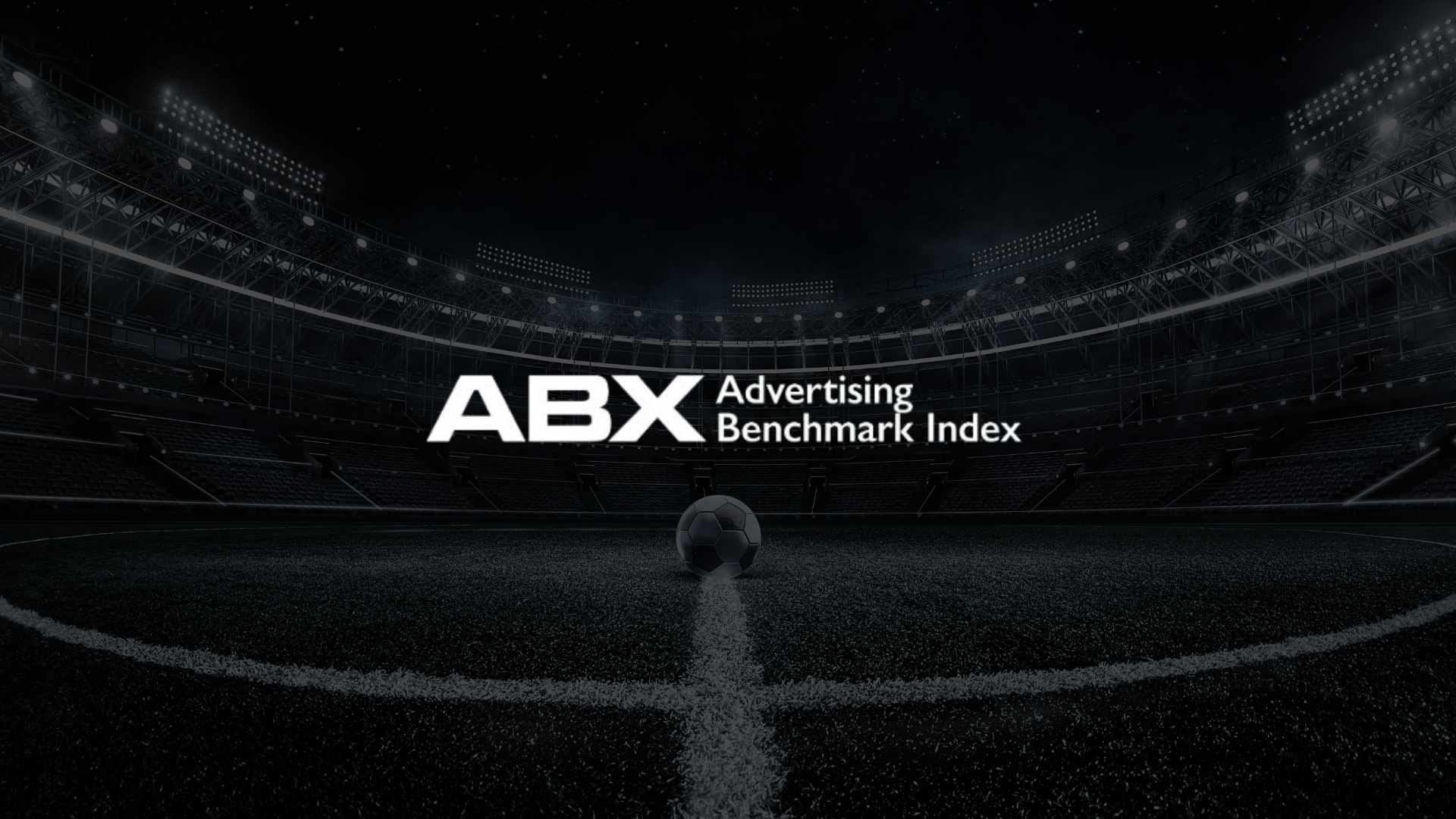In the escalating contest for consumer attention, in-game advertising is emerging as a serious contender—and possibly the MVP. New research from Frameplay, in collaboration with Happydemics, shows that ads embedded within video games outperform traditional digital formats across nearly every major brand metric.
Drawing from 173 in-game campaigns—part of Happydemics’ broader database of over 7,000 brand lift studies since 2021—the report delivers a data-backed reality check for marketers who still treat gaming as a niche channel. Frameplay alone accounted for nearly 90 of those studies, including 40 this year.
Gaming Wins on Recall and Recognition
According to the findings, in-game ads achieved a 32% ad recall rate, topping all other digital formats, from online video and connected TV to social media and digital out-of-home. When it comes to brand attribution, in-game scored 52%—nine points above the media average—making it the top-performing channel for recognition.
“The lean-in nature of gaming creates focused engagement where ads integrate seamlessly into the experience,” said Amanda Rubin, SVP of Revenue at Frameplay. “This research validates what we’ve been seeing: intrinsic in-game advertising drives measurable results across the entire marketing funnel.”
Consumer Brands Lead the Charge
The results were particularly striking for consumer-facing sectors. FMCG brands saw their impact scores rise four points above the industry average, while Lifestyle and Retail brands gained an impressive 13 points in brand attribution. The Leisure and Culture category also saw a seven-point lift compared to other media channels.
Frameplay’s campaigns didn’t just lead the in-game pack—they exceeded category benchmarks across all metrics, including 54% in brand attribution and ad likeability (three points above average) and 24% in brand consideration (two points higher).
Why This Matters for Marketers
For advertisers navigating fragmented media habits and ad fatigue, this data offers clarity: in-game advertising isn’t experimental anymore—it’s essential. Gaming environments provide what other channels increasingly struggle to deliver—attention, immersion, and relevance.
“In-game is a powerful asset within the media mix,” said Virginie Chesnais, CMO at Happydemics. “Its simplicity and straightforward content capture attention, clearly convey product value, and lead consumers directly to purchase.”
As gaming audiences continue to expand and diversify, the message is clear: if marketers want to win the attention game, it’s time to play inside the game.




